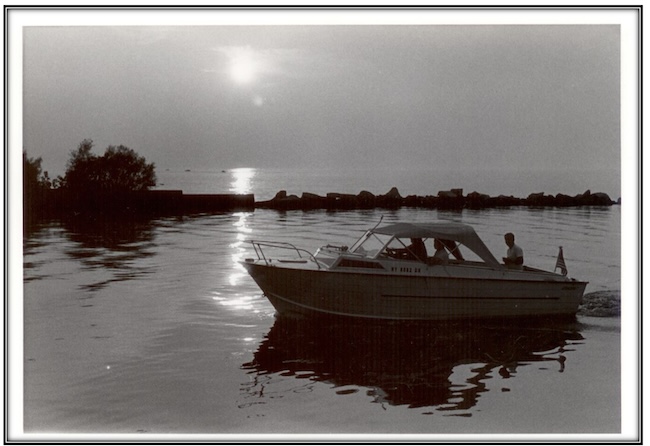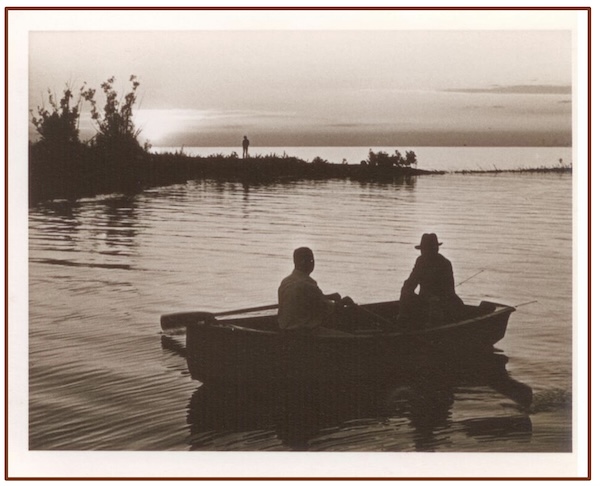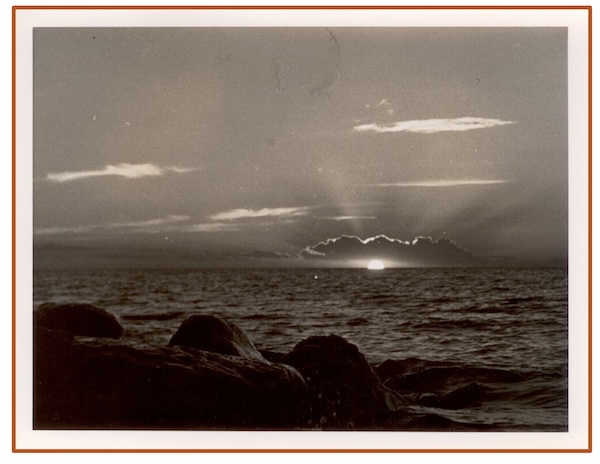Albion hosted two trials in the kidnapping of William Morgan, who threatened to share secrets of Freemasons
By Catherine Cooper, Orleans County Historian
“Illuminating Orleans” – Volume 5, Number 3
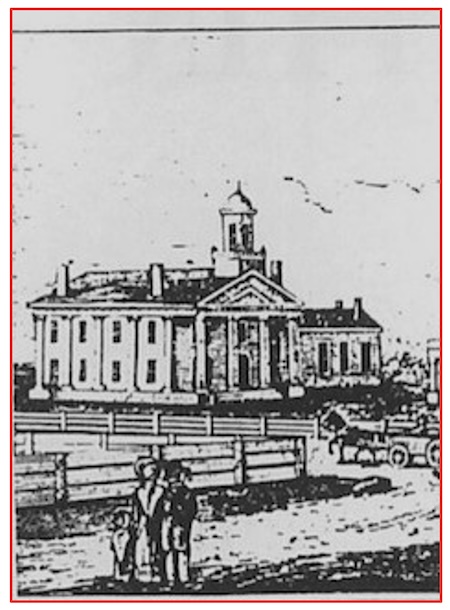
This is a sketch of the first courthouse building in Albion as it appeared in 1840. (Landmarks of Orleans County)
Dewitt Clinton was Governor of New York State, serving the first year of his second term of office, when the 48th Legislative Session passed the Act which formed Orleans as a “separate and distinct county of the state of New York”, on April 15, 1825.
Law and order were primary concerns of this Act. It specified that two terms of the “court of common pleas and general sessions of the peace” were to be held in Gaines. Commissioners appointed by the act were instructed to locate a site for a courthouse and jail before the second Monday in June 1825. An election for sheriff, clerk and coroners was to be held on the second Tuesday of May 1825.
The first case was held in Gaines on October 13, 1825, at the Mansion House, a hotel owned by Selah Bronson. Samuel Miner was charged with assault and battery and was sentenced to 30 days in jail.
The first courthouse in the county was built in Albion in 1827 on land donated by Nehemiah Ingersoll. Ingersoll is credited with naming the county and with strategizing the selection of Albion as the county seat in 1826. Located on the site of the current County Jail, the courthouse was a brick building with a white cupola and pillars. The County Clerk’s office was on the first floor, while the jail was in the basement.
At that time, the Free and Accepted Masons were an influential fraternal organization. Many of the early settlers were members and they established lodges shortly after they took up residence, in Ridgeway and Gaines.
In 1826, William Morgan, a disenchanted mason originally from Canada, threatened to publish a book exposing details of the Freemasons closely guarded secret rites. This caused a great furor and added to dissension which had already been brewing among members.
After several incidents, Morgan was arrested and jailed in Canandaigua. His release was organized by Masonic members, on condition that he return to Canada. Following his release, he was immediately escorted to a waiting carriage which then transported him north to Rochester and west along Route 104 to Niagara Falls and freedom in Canada. In all, this hurried journey required three carriage changes, five drivers, seven teams of horses and many assistants.
After some time, it became apparent that William Morgan was missing. He was never seen again after that carriage ride, nor was his body ever found. Speculation was rampant, an investigation was ordered. A total of twenty Grand Jury investigations and fifteen trials ensued.
Two of the trials took place in Albion. The first case against Avery Downer, a teacher from Gaines, was dismissed. The second case, against Elihu Mather, lasted ten days, and was held in November 1829. Hon. Addison Gardiner, Circuit Judge of the 8th Circuit presided.
Mather was charged with conspiracy to kidnap and abduct William Morgan. Detailed accounts of the trial were reported by the Orleans Telegraph and published in newspapers throughout the state, in Canada and in Vermont. (Click here to see historic newspapers in New York State. )
The counsel for the defendant, William H. Adams, addressed the jury for four hours. He did not deny that Mather drove the carriage but argued that he did so innocently, without knowing that any illegal act was contemplated. He argued that there was no proof that Morgan was in the carriage and if he was, there was no proof that he was held by force. The jury returned a verdict of “Not Guilty”.
Several of the others accused were found guilty of kidnapping Morgan, but nobody was charged with his murder, all of which further fueled anti-Masonic sentiment and led to the formation of the Anti-Masonic Party in 1831.



















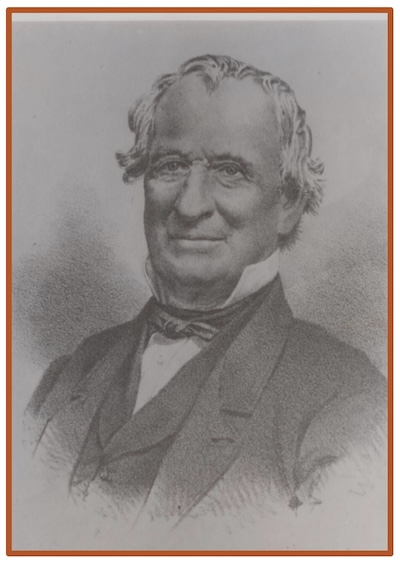


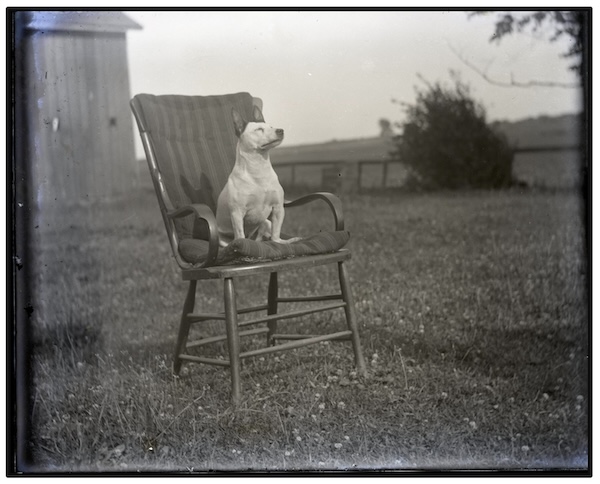
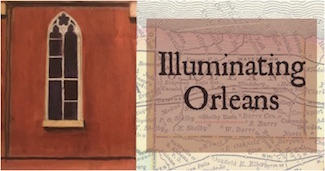 SHELBY – It is the holiday season! We have been dealing with serious photographs all year long, stern looking men and somber women, buildings and street scenes galore. Time for some lighter fare!
SHELBY – It is the holiday season! We have been dealing with serious photographs all year long, stern looking men and somber women, buildings and street scenes galore. Time for some lighter fare!
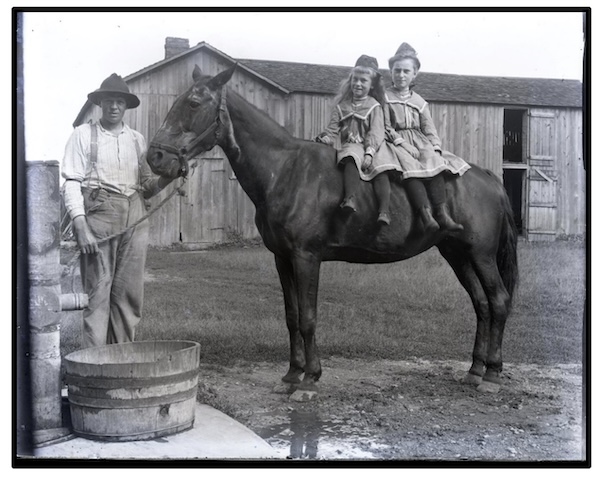
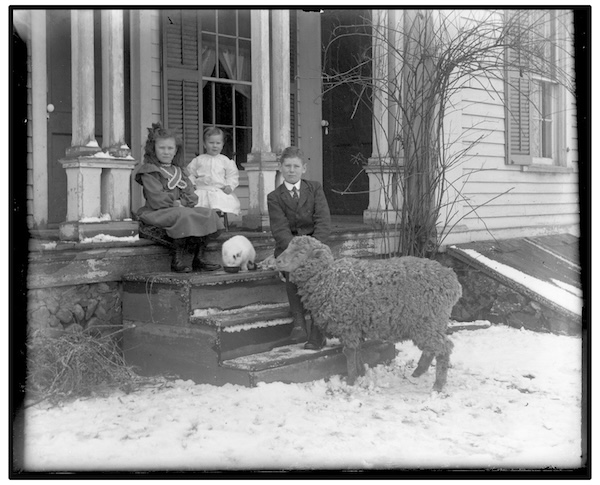


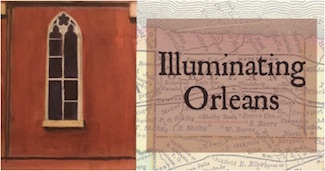 ALBION – We associate the colors red and green with Christmas: Santa’s red suit, green Christmas trees, red berries on holly.
ALBION – We associate the colors red and green with Christmas: Santa’s red suit, green Christmas trees, red berries on holly.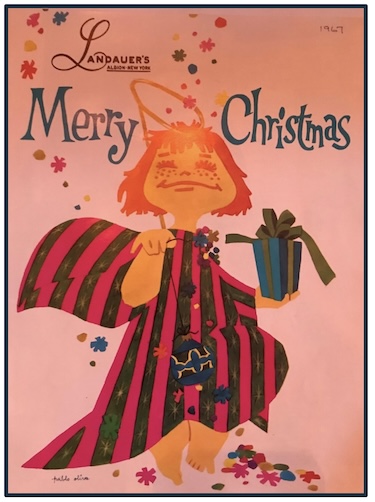
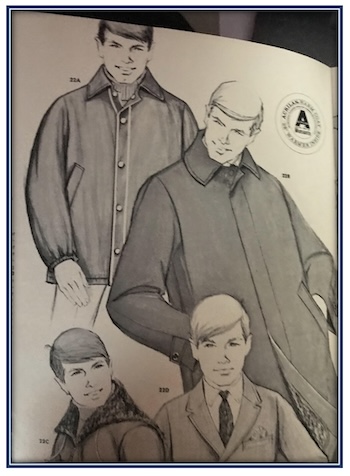
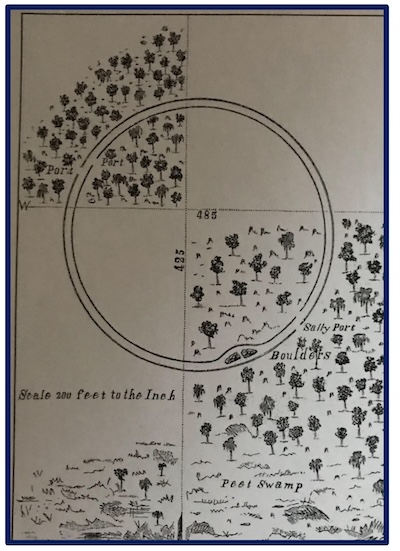
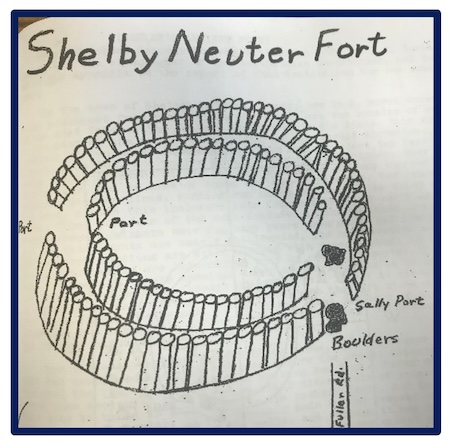
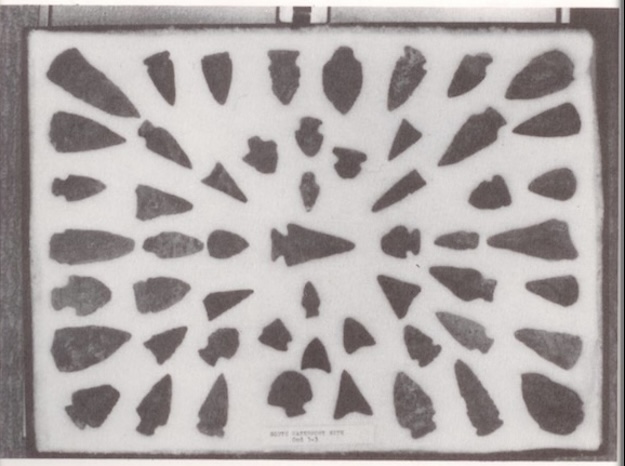
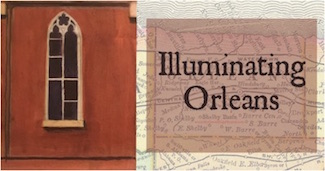 WATERPORT – As Orleans County prepares to celebrate its 200th year in 2025, we are moved to reflect on time, history and prehistory and our place in the continuum.
WATERPORT – As Orleans County prepares to celebrate its 200th year in 2025, we are moved to reflect on time, history and prehistory and our place in the continuum.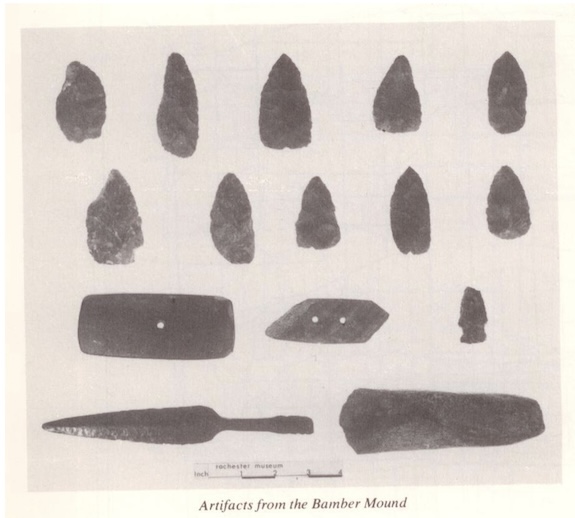

 As you walk in the woods or along the canal bank in late October and early November, you may notice clusters of curious looking round yellow lime colored objects on the ground.
As you walk in the woods or along the canal bank in late October and early November, you may notice clusters of curious looking round yellow lime colored objects on the ground.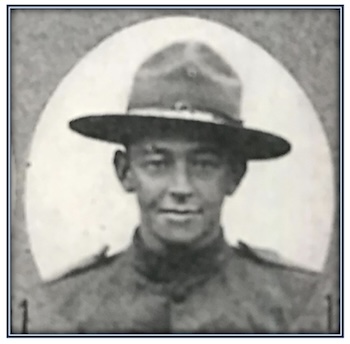
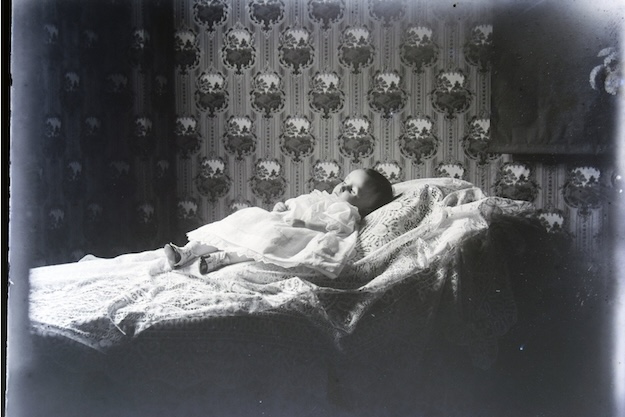
 MEDINA – The child in this photograph appears to be sleeping peacefully. However, this is a postmortem photo, the child is dead, and the pose was referred to as the “Last Sleep.”
MEDINA – The child in this photograph appears to be sleeping peacefully. However, this is a postmortem photo, the child is dead, and the pose was referred to as the “Last Sleep.”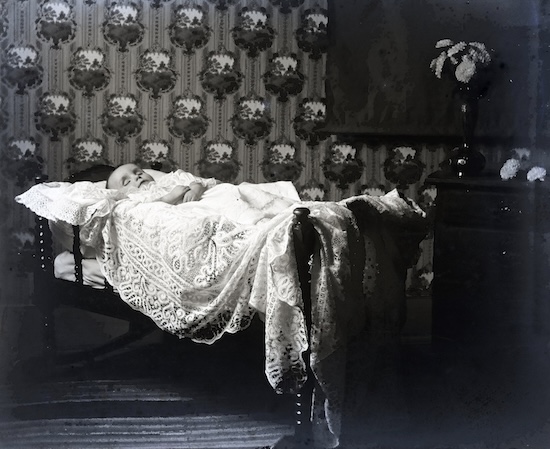
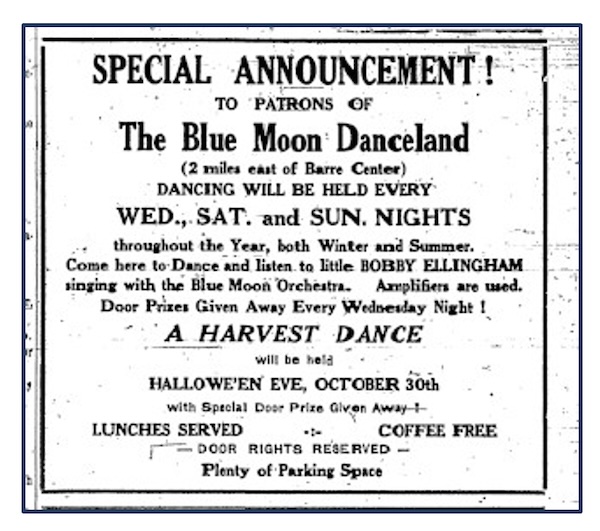
 BARRE – We walked into a place that was built like a small barn. Rustic and smelling of new wood, one end had a platform for the small band that played there Saturdays and Sundays from 8-12:30. The other end had a snack bar and a cloakroom and in the center was a shining dance floor, smooth as glass.
BARRE – We walked into a place that was built like a small barn. Rustic and smelling of new wood, one end had a platform for the small band that played there Saturdays and Sundays from 8-12:30. The other end had a snack bar and a cloakroom and in the center was a shining dance floor, smooth as glass.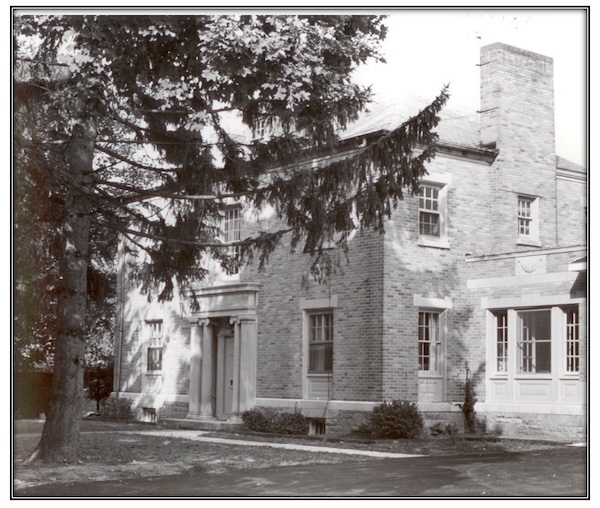
 ALBION – Located at 239 South Main Street in Albion, this fine building, familiar to many as the Central Orleans Volunteer Ambulance (COVA) headquarters, was in fact, built specifically in 1924 as a Nurses’ Home, a place where the nurses and medical staff of the adjacent Arnold Gregory Memorial Hospital “should be able to spend their hours of rest and diversion somewhere apart and separate from the scene and atmosphere of their labors”…..having contended with “Long hours of service, the patient ministry at the bedside in a critical hour, the welcoming of a new-born life.”
ALBION – Located at 239 South Main Street in Albion, this fine building, familiar to many as the Central Orleans Volunteer Ambulance (COVA) headquarters, was in fact, built specifically in 1924 as a Nurses’ Home, a place where the nurses and medical staff of the adjacent Arnold Gregory Memorial Hospital “should be able to spend their hours of rest and diversion somewhere apart and separate from the scene and atmosphere of their labors”…..having contended with “Long hours of service, the patient ministry at the bedside in a critical hour, the welcoming of a new-born life.”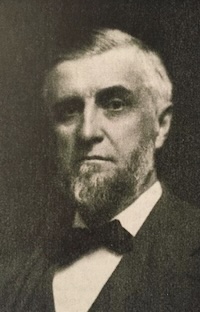
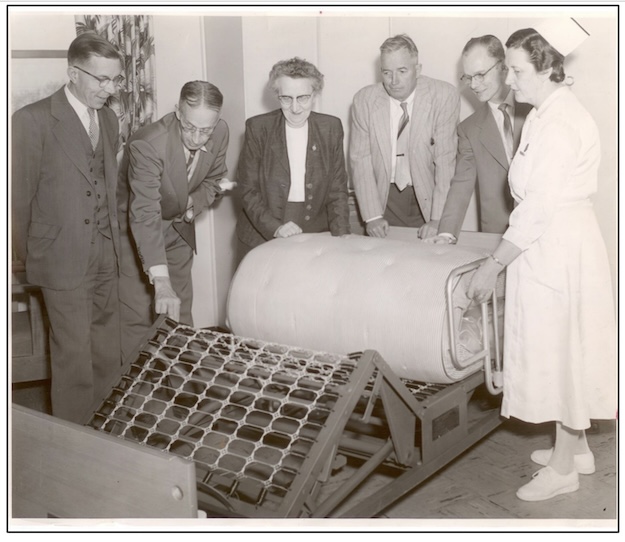
 ALBION – Our photograph this week captures the dedication and local support which sustained Albion’s Arnold Gregory Memorial Hospital.
ALBION – Our photograph this week captures the dedication and local support which sustained Albion’s Arnold Gregory Memorial Hospital.
 POINT BREEZE – “The air seemed foreboding that day. A northeast wind had sprung up the previous day and had increased in intensity and reached gale force proportions by nightfall.
POINT BREEZE – “The air seemed foreboding that day. A northeast wind had sprung up the previous day and had increased in intensity and reached gale force proportions by nightfall.